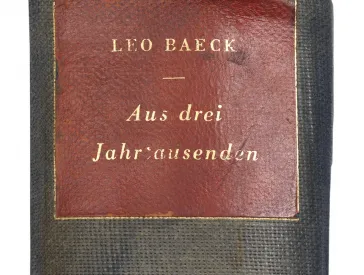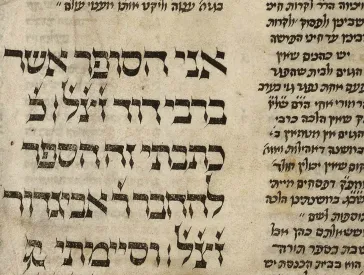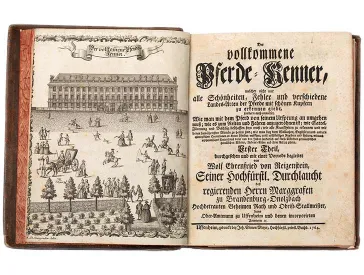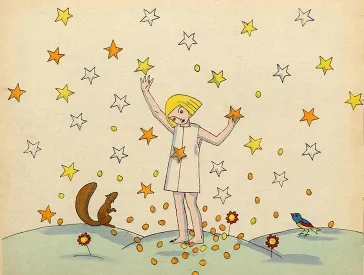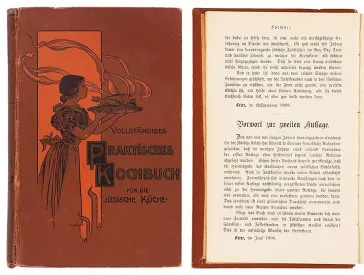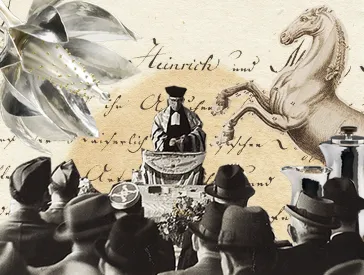A Testament to Trade Relationships between Jews and Non-Jews in the Eighteenth Century
Der vollkommene Pferdekenner (The Complete Horse Connoisseur), Uffenheim 1764, Purchase, 2007
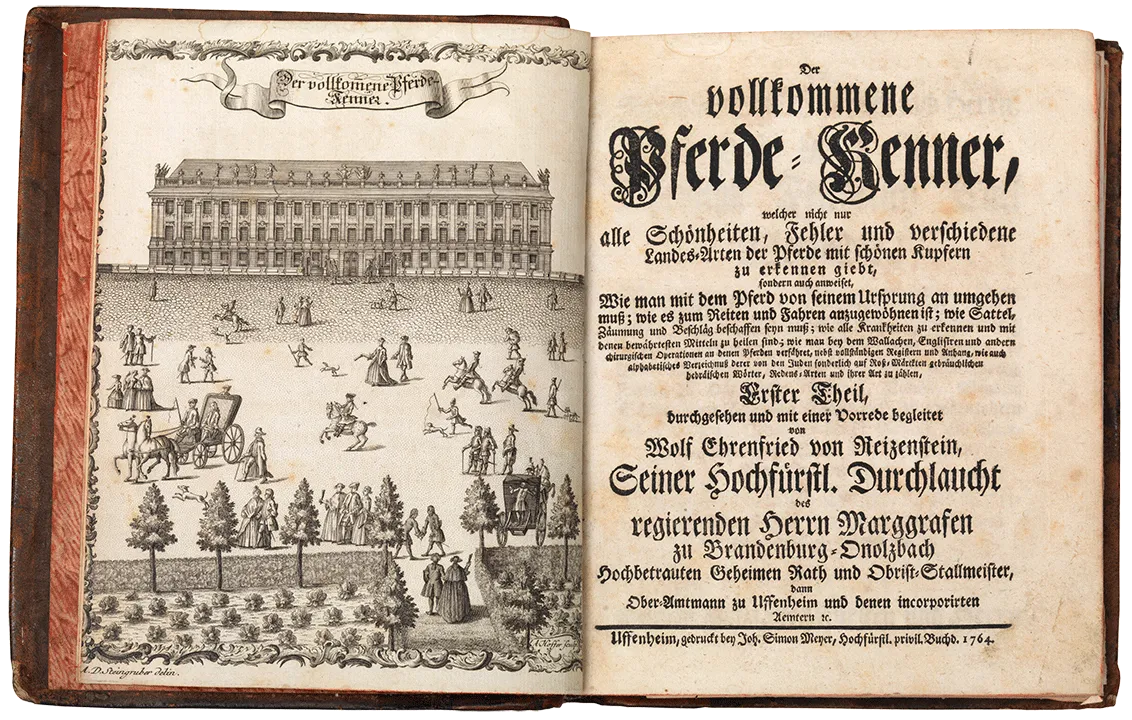
Wolf Ehrenfried von Reizenstein, Der vollkommene Pferdekenner, Simon Meyer Hochfürstliche priviligierte Buchdruckerei, Uffenheim 1764; Jewish Museum Berlin, accession BIB/154287/0, photo: Jens Ziehe
It’s December 2007. The curators still have funds available to purchase items for the collection, and the book Der vollkommene Pferdekenner (The Complete Horse Connoisseur), published in 1764, is being auctioned on 19 December 2007 at Sotheby’s in New York. It is a unique object, and practically made for the permanent collection of the Jewish Museum Berlin, which opened in 2001. It offers an example of what life and trade between Jewish and non-Jewish German rural communities was like, in particular in Ansbach in Franconia.
It describes in detail what needed to be known about horses and their handling. The title page reads:
“The Complete Horse Connoiss€ not only reveals all the beauties and imperfections of the various regional horse breeds, but also instructs on how to handle horses from their birth onwards; how they are to be accustomed to riding and driving; how the saddle, bridle and horseshoe must be secured; how to recognize all diseases and cure them with proven remedies; how to proceed with gelding, docking, and other surgical procedures for horses. In addition, it provides an alphabetical appendix of Hebrew words, expressions and the manner of counting used amongst Jews, particularly at horse markets.”
Illustration from Der vollkommene Pferdekenner, Uffenheim 1764; Jewish Museum Berlin, accession BIB/154287/0, photo: Jens Ziehe
Acquisition and Exhibition
The auction date on 19 December 2007 is coming closer. The board of curators consults and decides to bid on the book. As always, there is great excitement at the auction. Will we manage to win the bid? Everyone is on the edge of their seats, and we are overjoyed when the hammer falls and we have been successful in purchasing lot number 161.
Soon, payment has been made, the work has been delivered, and conservators have examined and prepared it for the permanent exhibition. Now the curator responsible must decide at which page to open the book and which of the detailed illustrations should be shown first. We would have liked several copies so we could show more than just this one illustration. And unfortunately, the short, concise description on the exhibition label must leave unanswered many of the questions that museum visitors might ask themselves.
Author and Audience
Why and for whom was this book written? It was published at the behest of Karl Alexander, Margrave of Brandenburg-Ansbach (1736–1806). The editor and presumed author of some of the sections is the southern German nobleman Baron Wolf Ehrenfried von Reitzenstein (1712–1778). He served the margrave as crown equerry. The text was intended as a handbook and dictionary for those who needed help understanding the language when dealing with Jewish horse traders.
Illustration from Der vollkommene Pferdekenner, Uffenheim 1764; Jewish Museum Berlin, accession BIB/154287/0, photo: Jens Ziehe
Illustration from Der vollkommene Pferdekenner, Uffenheim 1764; Jewish Museum Berlin, accession BIB/154287/0, photo: Jens Ziehe
Jewish Horse Traders
In rural areas at the time, animal trading, like money lending for the purchase of seeds, was mainly done by Jews. First and foremost, noble lords required horses for their prestige, to go out riding, and to equip their cavalry. For German peasants, horses were indispensable for labor and transportation. Demand was high.
Jews did not need a guild certificate to engage in the trade. They had wide-ranging trade networks, and, in many cases, enough financial liquidity to be able to operate.
Yiddish Trade Vocabulary
What was also needed, however, was linguistic communication, and this was lacking in daily interaction. At the end of the book there is a language guide providing explanations and translations for over 1,500 words and terms from the western Yiddish (also known as Judendeutsch or Judeo-German) and from Hebrew. This was intended to enable non-Jewish dealers to conduct sales conversations competently. There is also an appendix that offers five example dialogs of the kind that might have taken place among traders.
Illustration from Der vollkommene Pferdekenner, Uffenheim 1764; Jewish Museum Berlin, accession BIB/154287/0, photo: Jens Ziehe
Example dialogs in the appendix of Der vollkommene Pferdekenner, Uffenheim 1764; Jewish Museum Berlin, accession BIB/154287/0, photo: Jens Ziehe
The book became an important trade manual of that time, as attested to by the fact that three editions were printed in just a few years.
Learn more
If you want to learn more, you can view the work in the Reading Room of our Archive and Library, or you can use a digitized version of the book. For more in-depth information, we recommend the academic essays by Renate Evers from the Leo Baeck Institute’s “Shared History Project.”
Ulrike Sonnemann, Head Librarian
Citation recommendation:
Ulrike Sonnemann (2021), A Testament to Trade Relationships between Jews and Non-Jews in the Eighteenth Century. Der vollkommene Pferdekenner (The Complete Horse Connoisseur), Uffenheim 1764, Purchase, 2007.
URL: www.jmberlin.de/en/node/8183
Selected Objects: Library (5)

